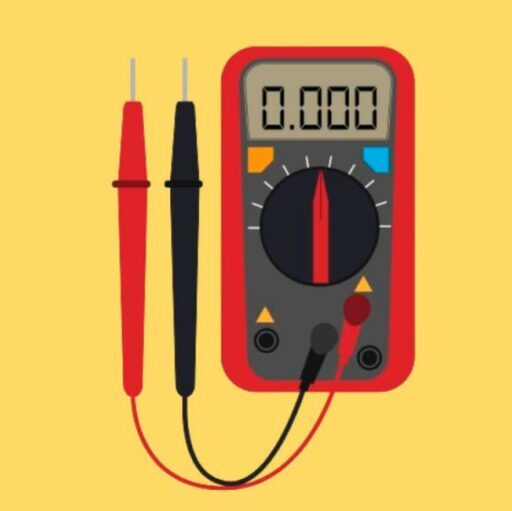If you’re shopping for a reliable, budget-friendly digital oscilloscope for electronics testing, you’ve likely come across the Hantek DSO5102P and DSO5202P.
At first glance, they look almost identical — and that’s because they are, in many ways. But there are a few key differences that can affect your workflow, especially if you’re working with higher frequency signals.
In this article, we’ll break down their specs, compare them side by side, and help you decide which one is better for your needs.
Table of Contents
📊 Specification Comparison Table
| Feature | Hantek DSO5102P | Hantek DSO5202P |
|---|---|---|
| Bandwidth | 100 MHz | 200 MHz |
| Sample Rate | 1 GSa/s | 1 GSa/s |
| Channels | 2 | 2 |
| Memory Depth | 40K | 40K |
| Display | 7” Color TFT LCD (800×480) | 7” Color TFT LCD (800×480) |
| Waveform Capture Rate | 2000 wfms/s | 2000 wfms/s |
| Vertical Sensitivity | 2 mV/div to 10 V/div | 2 mV/div to 10 V/div |
| Trigger Types | Edge, Pulse, Slope, Video, etc | Same |
| USB Interface | USB Host & Device | USB Host & Device |
| PC Connectivity | Yes | Yes |
| FFT Math Function | Yes | Yes |
| Price | 💲 Lower | 💲💲 Slightly Higher |
✅ Hantek DSO5102P – Pros & Cons
👍 Pros:
- Affordable and ideal for hobbyists or beginners
- Clear and sharp 7-inch color display
- Good value for 100 MHz bandwidth
- Solid software support for PC connectivity
- Well-built for the price
👎 Cons:
- Limited to 100 MHz bandwidth — not ideal for high-speed digital signals
- Memory depth is relatively shallow (40K)
- Slow UI responsiveness in some modes
✅ Hantek DSO5202P – Pros & Cons
👍 Pros:
- Doubled bandwidth (200 MHz) — better for RF and faster signal diagnostics
- Same usability and features as DSO5102P
- Great price-to-performance ratio for 200 MHz
- Retains USB and PC software features
👎 Cons:
- Slightly more expensive than the DSO5102P
- Still limited to 40K memory depth
- UI and waveform update rate are the same as the 5102P
📌 Final Verdict: Which One Should You Buy?
If you’re working mostly with low to mid-frequency signals and you’re on a budget, the Hantek DSO5102P is a fantastic choice. It offers all the basic features needed for general-purpose troubleshooting and testing in DIY, automotive, or small lab environments.
However, if you’re planning to analyze faster signals, high-speed serial data, or RF applications, the DSO5202P is absolutely worth the upgrade. For only a bit more money, you get double the bandwidth, which future-proofs your investment and gives you more flexibility.
🏁 Our Recommendation:
- Choose the DSO5102P if you’re a beginner, hobbyist, or mostly dealing with signals under 100 MHz.
- Go with the DSO5202P if you’re working with faster systems or want more headroom for complex testing.

